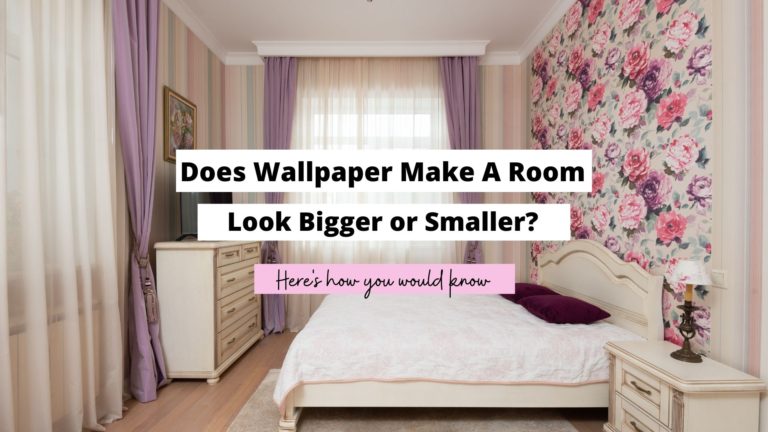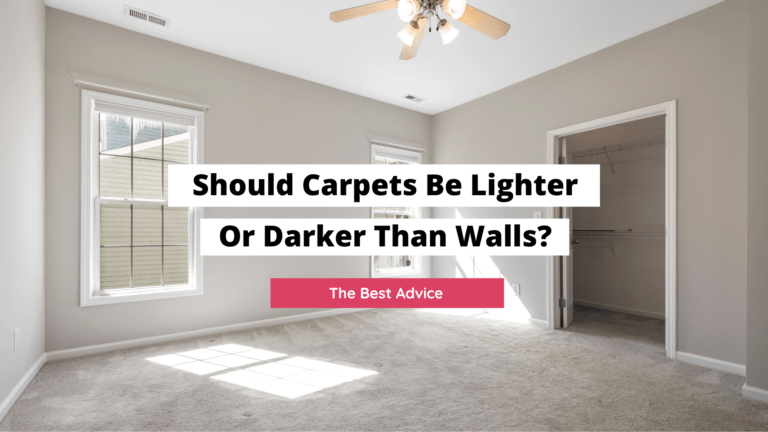What Is The Best Color For A Night Light? (Answered)
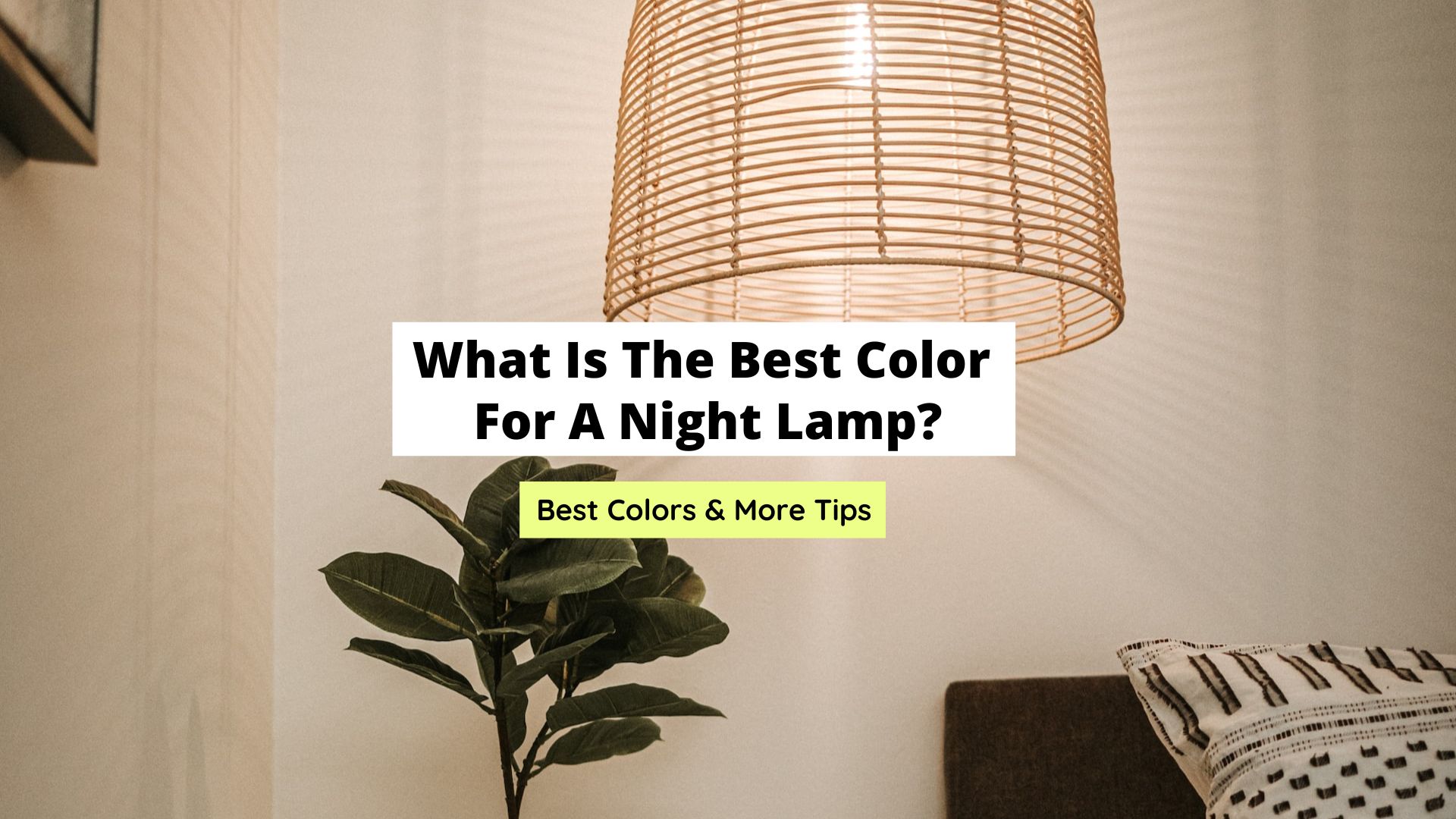
When I was younger, I had no idea that color had a psychological effect on us. It can affect our moods and even our sleep. I recently conducted research on the harmful effects of blue light exposure, and I was shocked to learn just how bad it can be for getting a good night’s rest. It’s not just blue lights, though. This is why I decided to delve into the question of what is the best color for a night light?
The best color for a night light is one that mimics natural light as much as possible. Anything with the hue and tone of a sunset at a reduced intensity is suitable for a night light. However, you’re not limited to just tones of yellow or orange.
In fact, I would go so far as to argue that colors such as warm white, white, yellow and red are the best colors for a night light.
These colors are known to be relaxing while causing little to no eye strain, which will help you improve the quality of your sleep.
Another factor to consider is whether the color of your night light reflects or pairs well with the color of your walls and decor.
Table of Contents
Best Colors For A Night Light
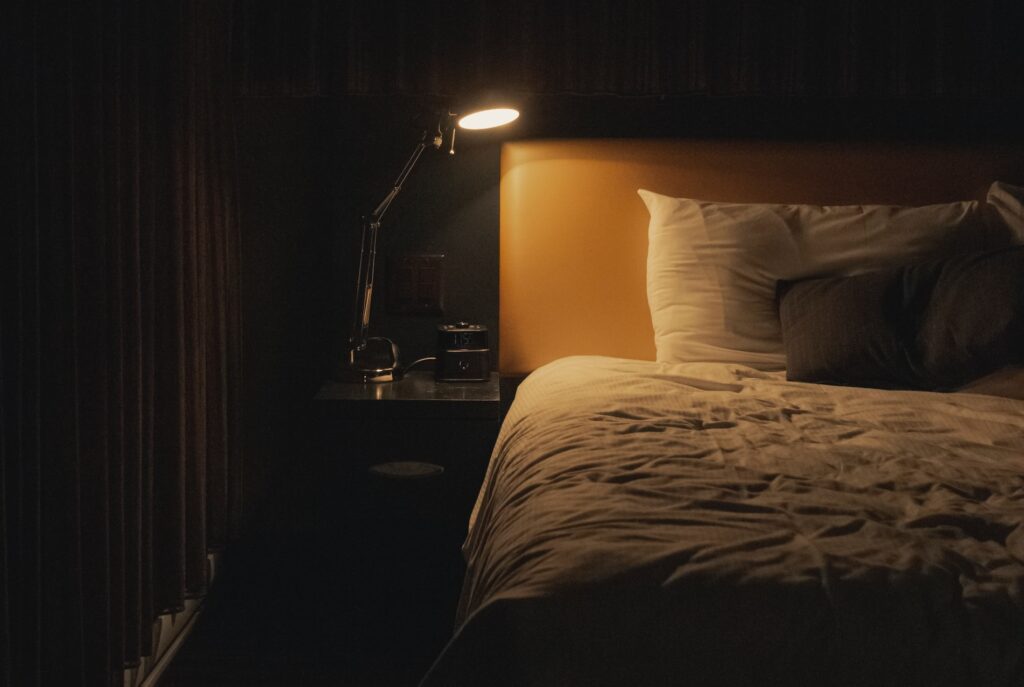
As mentioned above, the best color for a night light is tones of yellow, orange or warm white. Anything that resembles a setting sun or fire is optimal for a night light because it doesn’t interfere with your sleep or circadian rhythm in any significant manner.
However, I don’t want to just focus on sleep and health.
At the end of the day, my passion is home decor, so I also want to include some alternative color options for a night light that can also be aesthetically pleasing.
Night light colors of pink, purple, green and red are quite beautiful.
If you look at newer cars, most of them have an interior lighting package or ambient lighting marketed as creating a more relaxing and pleasant atmosphere in a dark cabin.
The whole idea behind soft lighting is to promote a feeling of relaxation, luxury and comfort.
So, in keeping with this principle, we can see how the use of these colors with a lower-lumen bulb or LED strip can serve an aesthetic and therapeutic purpose.
If you’re going to use a night light that is a different color, the key is to opt for a package that has a lower lumen.
As mentioned above, the higher the lumen, the brighter the light. What naturally follows is that the lower the lumen, the dimmer the light.
On a side note, I’m particularly fond of red light because it looks relaxing and warm but it also seems to have some form of therapeutic benefit, especially in regard to inflammation levels. But, I’m uncertain as to whether this applies only to infrared lights or red lights in general.
Either way, I wouldn’t mind a night light that also doubles as red light therapy for reducing inflammation and improving the quality of my skin.
See also: How to light a home with candles
Can Night Lights Help With Sleep?
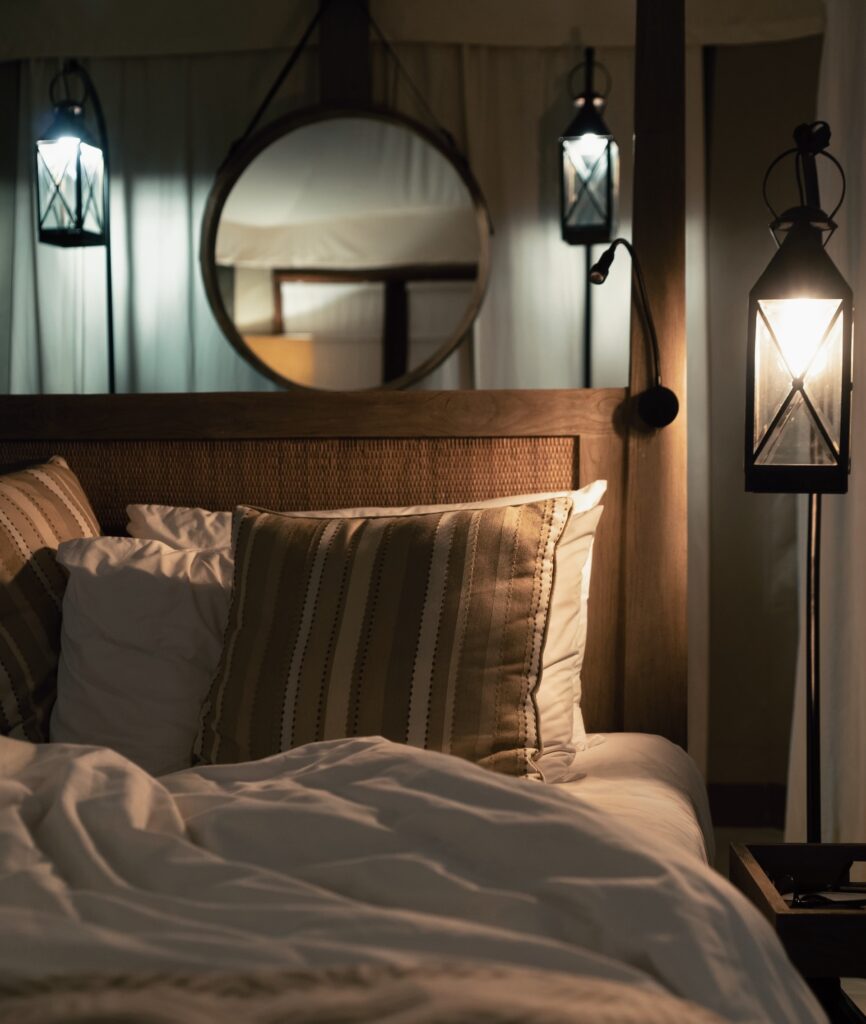
Yes, absolutely. Night lights have an influential role in the quality of our sleep.
If you think about it, night lights were designed for the express purpose of providing enough light at night to add visibility to your bedroom without causing too much of an effect on your body’s ability to fall asleep.
Traditional globe lights that hang from ceilings appear too similar to sunlight, especially if the lumen amount is significantly high.
Interesting Fact: “Lumens” is a common term associated with most light bulbs. It is a measurement of the total amount of light visible to the human eye from a light source. The higher the lumen amount, the brighter the light.
The body is extremely objective.
What I mean by this is that it interprets our environment in a very objective manner. Sometimes, it struggles to differentiate between natural sunlight during the day and artificial lighting used at night.
This hindrance can cause hormonal issues that impact the production or regulation of melatonin.
Melatonin is one of the key hormones responsible for good sleep and rest. It helps regulate our circadian rhythm as well.
For this reason, night lights are the preferable source of light to be used at night to minimize the effects of artificial lighting on the body.
One of the reasons why a night light should ideally be the color of a fire or a setting sun is because our body can interpret this as a time to start producing more melatonin for sleep.
See also: 20 Best DIY light fixtures your home needs
Does Blue Light Affect Mood And Sleep?
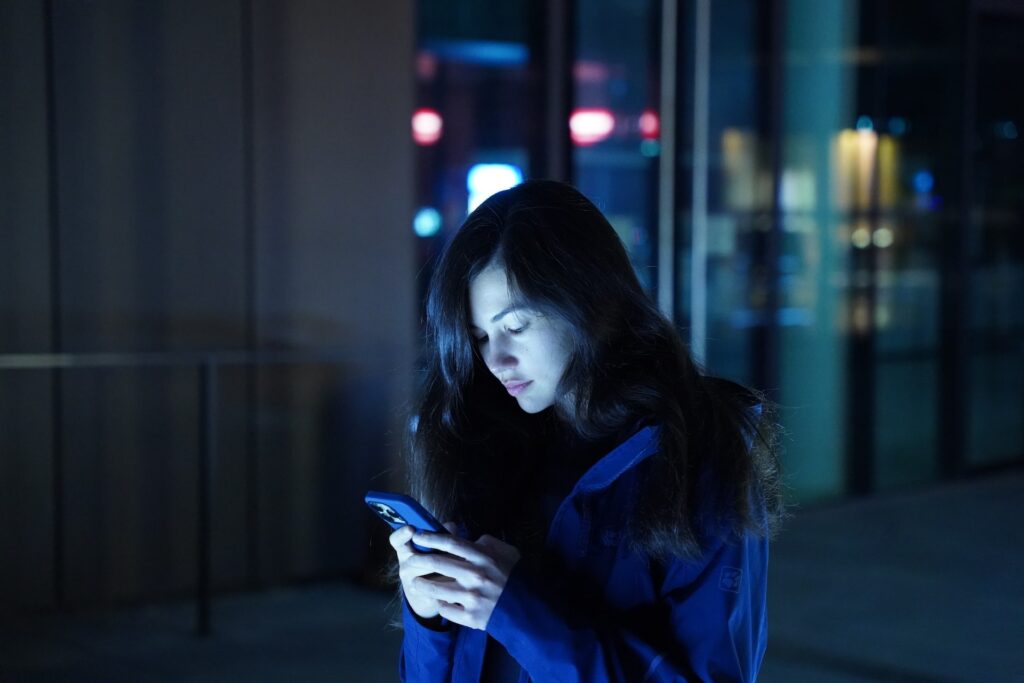
Remember how we just discussed the role of melatonin in regard to sleep? Also, I mentioned something called the body’s circadian rhythm. This is the process in which our body cycles through a 24-hour period and carries out essential processes in rhythm.
One of the most influential factors in the circadian rhythm is light.
Throughout history, the human body has relied on natural light from the sun to calibrate its circadian rhythm.
Then, it adapted to fire, which closely resembles that of a setting sun. After all, the sun is basically a ball of fire.
Artificial lighting was created and has taken our world by storm. Amazingly and thankfully, it has made life easier.
For the most part, lights from bulbs and globes tended to appear similar to fire or a setting sun which didn’t interfere with our circadian rhythm too much.
Then, television and phones came into existence, and everything changed. We are now exposed to a harsh blue light that emits close to our eyes, even in the midst of complete darkness.
It just so happens that blue light is known for stimulating parts of our brain that keep us awake and alert.
Since the body is objective, it interprets this information as if it’s still the day and this changes your circadian rhythm. Essentially, your hormonal levels aren’t properly regulated as they should be.
This will interfere with your ability to sleep and rest on time. Poor sleep is attributed to higher stress levels, which means you have more cortisol running through your body. Being in a prolonged state of stress is known to speed up aging and the development of diseases.
It also affects your body’s immune system and nervous system.
For all these reasons, we can say that using blue lights at night is bad for your health and sleep.
Thus, the use of a night light is far more beneficial than anything else.
Conclusion
When it comes to selecting a night light or lamp, I highly suggest that you focus on a color that is warm and relaxing. Opt for night lights that are dim because they tend to be more aesthetically pleasing and easier on the eyes.
Lately, I’ve been investing in scented candles to light up my home at night because I enjoy the ambiance they create.
But, the only downside to candles is that they have to be replaced frequently and you have to exercise some care to avoid a fire hazard.
I think the convenience, practicality and availability of night lights and lamps make them a superior option for any bedroom and home.
I hope this article on what is the best color for a night light helps you make the best selection for your body and home.
Check out this article if you’d like more ideas on lighting options for your home:


